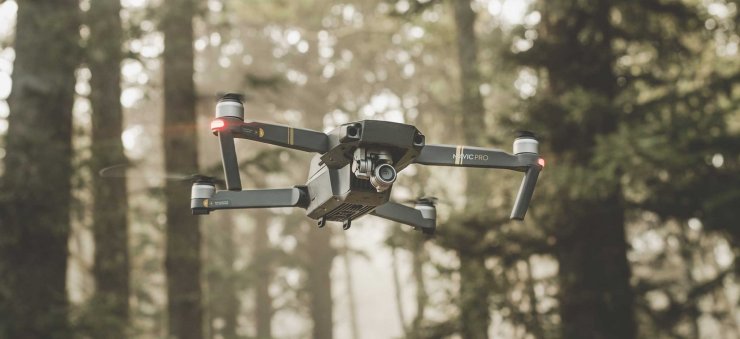The word drone has been mainly used to describe military planes that fly on their own and can carry weapons. However, the words used to describe unmanned aerial vehicles are changing and evolving, but they all generally mean the same thing.
In 2002, the Civil Aviation Safety Authority (CASA) started calling drones “UAVs” which stands for Unmanned Aerial Vehicles. They still use this term in much of their documents. A UAV is a powered flying vehicle that doesn’t need a human operator on board, and it can be flown remotely or on its own. It’s also important that the vehicle can be recovered.
Naming Conventions of a Drone
The term RPAS (Remotely Piloted Aircraft System) has been around since before World War 1 and was used to describe camera-equipped kites, balloons and other airborne contraptions that were used for aerial photography, and military surveillance. Recently, CASA made changes to Part 101 to bring their terminology in line with the International Civil Aviation Organization. They now use the term RPA (Remotely Piloted Aircraft) instead of UAV.
Different organizations and manufacturers may use slightly different terms to describe drones, but they generally fall into two categories: Unmanned Aircraft (UA) or Remotely Piloted Aircraft (RPA) to describe the aircraft itself, and Unmanned Aircraft System (UAS) or Remotely Piloted Aircraft System to describe the entire equipment used to operate the aircraft, including the control station and wireless data link.
The changes made in September 2016 aimed to simplify the certification process for low-risk equipment and introduced categories of RPAs that are either included or excluded. The category depends on the weight and risk of the equipment, which determines the licensing requirements. The licensing structure has also changed, with a UAV Controller Certificate now called a Remote Pilot Licence (RePL), and a UAV Operator Certificate now called a RPA Operator Certificate (ReOC).
Drone Naming and Australian Regulations
The changes made to part 101 by CASA have resulted in the introduction of new weight categories for aircrafts, based on their gross weight. The weight categories are very small (100g – <2kg), small (2 – <25kg) (with a 7kg restriction where required), medium (25 – <150kg), and large (>150kg). The new legislation allows operators of aircrafts in the very small category (less than 2kg) to conduct commercial operations without the need for a Remote Pilot License (RePL) or RPA Operator Certificate (ReOC).
This type of operation is known as an excluded category operation, which is subject to strict adherence to Standard Operating Conditions (SOC). The SOC for excluded category operations require operators to keep the drone in visual line of sight, fly during daylight hours, maintain a minimum distance of 30 metres from people not associated with the operation of the RPA, stay at least 3 nautical miles or 5.5 km away from active aerodromes with air traffic control services, avoid flying over populous areas, and seek approval from the person in charge before flying over an area affecting public safety or during an emergency operation. Operators are also allowed to fly only one RPA at a time.
Final Words
To pursue a career as a drone pilot and fly drones in the non-excluded category, you must obtain a drone licence known as a Remote Pilots license. UAV Training Australia provides two options: a 5-day CASA Drone Certification Initial RePL Training course, which covers both theoretical and practical flight components, or a 2-day RePL Drone License CASA Pilot Conversion Course for individuals who already hold an acceptable CASA license, such as a flight crew license.
Follow Techdee for more!





